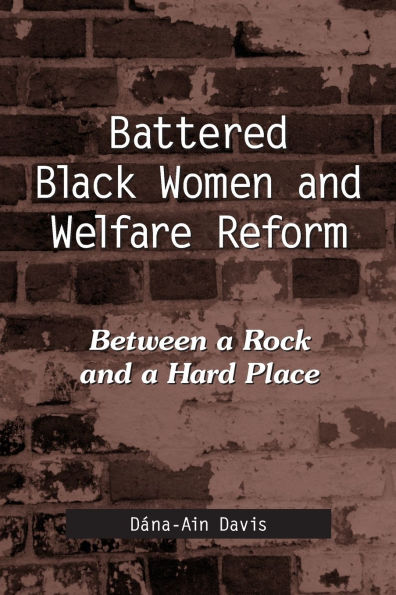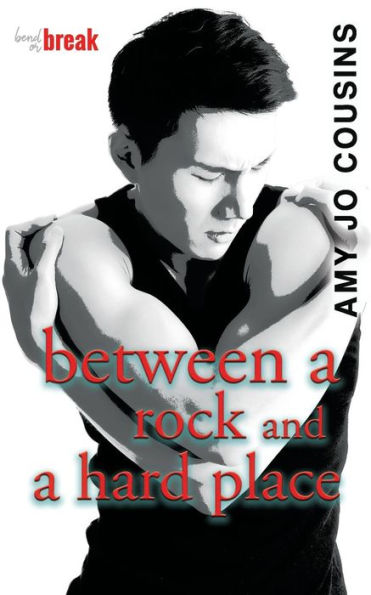Home
Battered Black Women and Welfare Reform: Between a Rock and a Hard Place / Edition 1
Barnes and Noble
Loading Inventory...
Battered Black Women and Welfare Reform: Between a Rock and a Hard Place / Edition 1
Current price: $34.95

Barnes and Noble
Battered Black Women and Welfare Reform: Between a Rock and a Hard Place / Edition 1
Current price: $34.95
Loading Inventory...
Size: OS
*Product information may vary - to confirm product availability, pricing, shipping and return information please contact Barnes and Noble
Examines the consequences of welfare reform for Black women fleeing domestic violence.
This timely and compelling ethnography examines the impact of welfare reform on women seeking to escape domestic violence. Dána-Ain Davis profiles twenty-two women, thirteen of whom are Black, living in a battered women's shelter in a small city in upstate New York. She explores the contradictions between welfare reform's supposed success in moving women off of public assistance and toward economic self-sufficiency and the consequences welfare reform policy has presented for Black women fleeing domestic violence. Focusing on the intersection of poverty, violence, and race, she demonstrates the differential treatment that Black and White women face in their entanglements with the welfare bureaucracy by linking those entanglements to the larger political economy of a small city, neoliberal social policies, and racialized ideas about Black women as workers and mothers.
This timely and compelling ethnography examines the impact of welfare reform on women seeking to escape domestic violence. Dána-Ain Davis profiles twenty-two women, thirteen of whom are Black, living in a battered women's shelter in a small city in upstate New York. She explores the contradictions between welfare reform's supposed success in moving women off of public assistance and toward economic self-sufficiency and the consequences welfare reform policy has presented for Black women fleeing domestic violence. Focusing on the intersection of poverty, violence, and race, she demonstrates the differential treatment that Black and White women face in their entanglements with the welfare bureaucracy by linking those entanglements to the larger political economy of a small city, neoliberal social policies, and racialized ideas about Black women as workers and mothers.
Examines the consequences of welfare reform for Black women fleeing domestic violence.
This timely and compelling ethnography examines the impact of welfare reform on women seeking to escape domestic violence. Dána-Ain Davis profiles twenty-two women, thirteen of whom are Black, living in a battered women's shelter in a small city in upstate New York. She explores the contradictions between welfare reform's supposed success in moving women off of public assistance and toward economic self-sufficiency and the consequences welfare reform policy has presented for Black women fleeing domestic violence. Focusing on the intersection of poverty, violence, and race, she demonstrates the differential treatment that Black and White women face in their entanglements with the welfare bureaucracy by linking those entanglements to the larger political economy of a small city, neoliberal social policies, and racialized ideas about Black women as workers and mothers.
This timely and compelling ethnography examines the impact of welfare reform on women seeking to escape domestic violence. Dána-Ain Davis profiles twenty-two women, thirteen of whom are Black, living in a battered women's shelter in a small city in upstate New York. She explores the contradictions between welfare reform's supposed success in moving women off of public assistance and toward economic self-sufficiency and the consequences welfare reform policy has presented for Black women fleeing domestic violence. Focusing on the intersection of poverty, violence, and race, she demonstrates the differential treatment that Black and White women face in their entanglements with the welfare bureaucracy by linking those entanglements to the larger political economy of a small city, neoliberal social policies, and racialized ideas about Black women as workers and mothers.

















